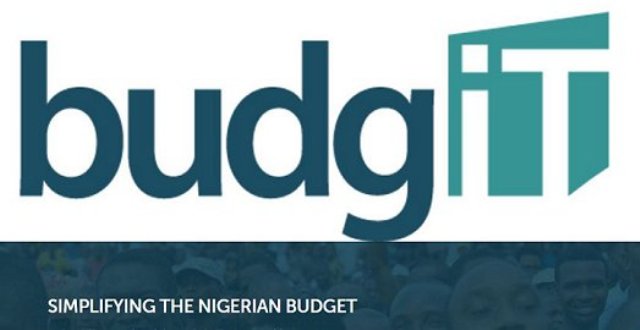BudgIT, a civic organisation that applies technology to intersect citizen engagement with institutional improvement to facilitate societal change, has said in its latest report that only Lagos, Rivers and Anambra states can meet their operating expenses obligations without the federal government’s support.
In the 2021 edition of its annual States of States report entitled “Fiscal options for building back better,” the organisation said the report was driven by growth in the states’ growth in their internally generated revenue and value added tax.
It stated that Lagos, Rivers, and Anambra appear at the top of its ‘Index A’ ranking.
In the overall ranking, two states — Ebonyi and Kebbi — made it as new entrants to the top five categories.
In contrast, it said states at the bottom of the ‘Index A’ ranking need to do more to rapidly consolidate on any ongoing strategies to improve their IGR and by extension, their viability as federating entities.
These states at the bottom of the ranking include Jigawa, Delta, Benue, Taraba and Bayelsa.
“Nevertheless,” it added “all Nigerian states still need to work hard to build economic prosperity and create more jobs in their states to ensure that there is more money in circulation and economic activities that can be taxed to improve their IGR.”
The report also stated that the total debt burden of the 36 states increased by N472.63 billion (or 8.78 percent) from N5.39 trillion in 2019 to N5.86 trillion in 2020.
This, it attributed to exchange rate volatility which saw the value of the naira jump from N305.9/$1 in 2019 to N380/$1 as of December 31, 2020.
“States with the highest foreign debt were significantly hit due to negative exposure to exchange rate volatility. These states include: Lagos, Kaduna, Edo, Cross River and Bauchi.
Furthermore, five states accounted for more than half (that is 63.63 per cent or N300.7 billion) of the net year-on[1]year sub-national debt increase of N472.63 billion for all the states between 2019 and 2020.the states are Lagos, Kaduna, Anambra, Benue and Zamfara,” it said.
“Eleven states in the country still have a comparatively low debt furthermore, burden; their debt profiles are so low they can theoretically pay it off in a single year (using their 2020 total revenue).
These states are: Jigawa, Sokoto, Kogi, Ebonyi, Katsina, Yobe, Bayelsa, Ondo, Kebbi, Kwara and Nasarawa and they appear at the top of the ‘Index C’ ranking,” it said.
BudgIT pointed out that eight out of the 11 states are in the north, while three are in the south.
“We note that a low debt burden in itself is not necessarily a good or a bad thing; however, these states are highlighted because they still have comparatively more leeway to borrow.
“Thus, they need additional technical support to be more strategic in their future borrowing to ensure value for money.
“Additionally, states at the bottom of the ‘Index C’ ranking have a high debt burden when compared with their 2020 total revenue.
“These states will need to urgently develop public-private partnership models for financing expenditures in critical sectors, as their attractiveness to potential lenders is significantly reduced.
The least attractive states in this regard are Cross River, Plateau, Imo, Adamawa and Bauchi, and they would need the most support from local and international development partners to build their capacity to leverage different Public-Private Partnership models for effective and affordable public service delivery,” it added.



























































